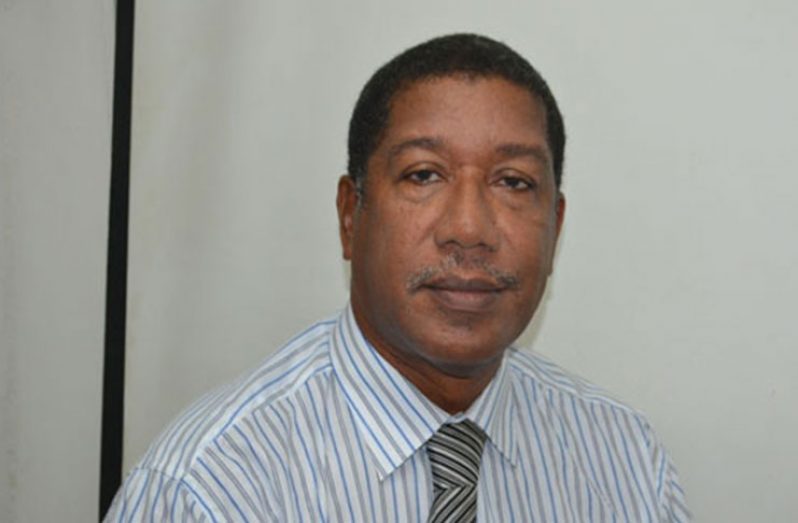The temporomandibular joint (TMJ) is the hinge joint that connects the lower jaw to the upper jawbone.
It functions through five pairs of muscles attached to the facial bones. The structures (bones, muscles, ligaments, and discs) that make it possible to open and close the mouth are very specialized and are required to work together to enable you to chew, speak, and swallow.
The muscle pairs must work in proper balance so that stresses on both sides of the jaw are distributed as equally as possible.
The TMJ is considered very complex because it is capable of making many different types of movements, including combinations of hinge and gliding actions. The juncture where the two joints are connected has a disc that acts as a shock absorber to biting and chewing forces.
Any problem that prevents this complex system of structures from working together properly may result in cycles of pain, spasm (cramp), muscle tenderness, and damage to the tissue and joint. This is known as temporomandibular disorder (TMD).
Most researchers agree that temporomandibular disorders are grouped into three main categories, as follows, and note that it is possible for a person to have one or more of these conditions at the same time.
Myofascial pain is the most common form of TMD. It involves pain in the muscles that control the jaw function, the neck, and the shoulder.
Internal derangement of the joint means a dislocated jaw, a displaced disc, or injury to the condyle.
Degenerative joint disease includes osteoarthritis or rheumatoid arthritis in the jaw joint.
Symptoms that TMD sufferers have include:
– An ache in the area of the ear extending to the back of the head, into, the, neck and shoulders
– Hearing a clicking or popping sound on opening and closing the mouth
– Pain brought on by yawning, opening the mouth widely, or chewing
– Difficultly in opening the mouth and chewing (limited movement)
– Headaches that can mimic migraines, earaches, dizziness, and neck aches
– Jaw that ‘get stuck,’ lock, or ‘go out’
– Tenderness of jaw muscles
– A sudden change in the way the upper and lower teeth fit together.
A combination of one or all of these symptoms can also be present for other problems. There are no exact causes and symptoms of TMD, so diagnosis can be difficult.
After guidelines have been established it will be easier for health professionals to identify TMD correctly and make proper treatment choices for patients.
It is important for your dentist to get a complete health/ dental history in order to be able to make a diagnosis. Regular dental X-rays and TMJ X rays are not useful in diagnosing this disorder. Diagnostic techniques that include CT scans, MRI scans are usually needed unless the health professional strongly suspects arthritis or the pain and symptoms do not improve with treatment.
Some clear cut causes of TMD are arthritis, trauma or severe stress.
Unfortunately, TMD is usually a combination of factors, and not easily diagnosed. It is common for the disc in the temporomandibular joint to slip forward and click, pop, or even get stuck for a moment. In the absence of pain in the jaw this is a minor problem that does not require any treatment. Stress often results in clenching or grinding the teeth which may be a factor that starts the cycle of muscle pain and spasms. Many researchers feel behavioral and physical factor all contribute to TD. It is important to note that at this time we do not know the exact causes of this disorder.
Conservative (reversible) treatments include counseling or biofeedback training to reduce emotional stress; muscle massage, relaxants, or tension monitors to aid in breaking the spasm-the-spasm cycle; short-term soft diets to give the jaw movements (yawning, gum chewing); physical therapy that focuses on gentle muscle relaxing exercises; and short-term use of anti-flammatory and muscle relaxing drugs.



.jpg)








